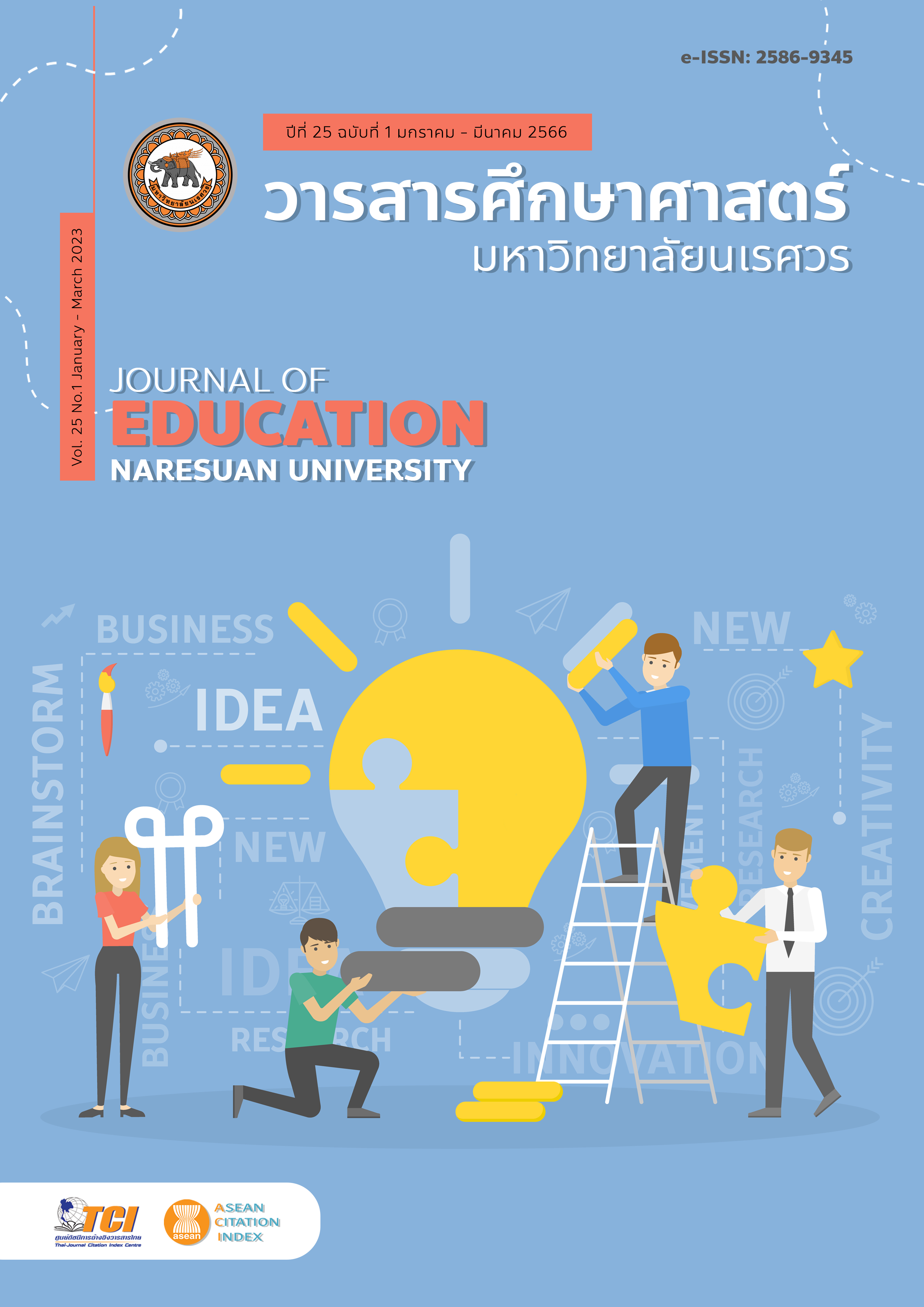INNOVATION IN ARTS EDUCATION TEACHING นวัตกรรมกับการสอนศิลปศึกษา
Main Article Content
Abstract
This academic article is the result of an academic discussion on art education on the topic of innovation and teaching art education. Although the Innovation of art education has a practical focus, with the current situation and long-term trends should be planned to meet and be consistent with social situations. Which if administrators, teachers and learners understand and have common goals will make learning online like joining in a real class. The role of the teacher is to guide, help and motivate learners. The key elements of online teaching are 1) lesson content 2) learning management system 3) communication 4) measurement and 5) building relationships. Teachers and learners should interact well with respect and knowing each other's duties is important. Teaching art education can be done through visual arts, using screen sharing systems to view and follow, as for music, it is important to focus on sound control to prevent echo and Performance art using video media.
Article Details

This work is licensed under a Creative Commons Attribution-NonCommercial-NoDerivatives 4.0 International License.
The owner of the article does not copy or violate any of its copyright. If any copyright infringement occurs or prosecution, in any case, the Editorial Board is not involved in all the rights to the owner of the article to be performed.
References
Boonphak, K. (2014). Learning management for professional teachers. Bangkok: Meanservice Supply. [in Thai]
Boonyananta, C., & Phrompan, I. (2013). Innovation project for design development and transfer of jewelry creation process and Chulalongkorn clay handicrafts. Bangkok: Chulalongkorn University. [in Thai]
Bunmee, K. (2005). Problems and solutions of visual arts according to the basic education curriculum. Journal of Education Silpakorn University, 3(2), 143-165. [in Thai]
Kentnor, H. (2015). Distance education and the evolution of online learning in the United States. Curriculum and Teaching Dialogue, 17(1&2), 21-34.
Ministry of Commerce. (2013). 8 Educational reform. Retrieved from http://www.moe.go.th/websm/2013/jul/212.html [in Thai]
Nuannang., W. (2015). A comparison of Online-Teaching Based on The Big Six Model on information and problem-solving skills through information of under-graduate students with Different learning styles at Surindra Rajabhabt University (Doctoral dissertation). Surin: Surindra Rajabhat University. [in Thai]
Office of the Basic Education Commission (2012). Computer integration training manual. Bangkok: Office of Educational Technology Teaching the Office of the Basic Education Commission. [in Thai]
Office of the Education Council Secretariat (2011). A model for developing teachers and learners' potential in the use of media. Bangkok: Sor For. [in Thai]
Pengsuk, V., Karanyathiku, A., Gerdtham, C. (2015). The development of the online computer course model for primary students. Journal of the Thai Library Association, 8(2), 107-118. [in Thai]
Podapol, C. (2020). Online learning management: New normal of education. Retrieved December 26, 2020, from http://slc.mbu.ac.th/wp-content/uploads/2020/06 [in Thai]
Rojsangrat, P. (2000). The results of the integration of teaching design projects in the subject of commercial design by The Internet on the Academic Achievement of Graduate Students Major of Arts Faculty of Education. Bangkok: Chulalongkorn University. [in Thai]
Ruengrong. P., Jiravarapong, P., Manyum, W., Sonyaron, W., Muendet, S., & Srisurat, C. (2014). Educational technology vs Thai teachers in 21st century. Panyapiwat Journal, 5(Special Issue), 195-207. [in Thai]


